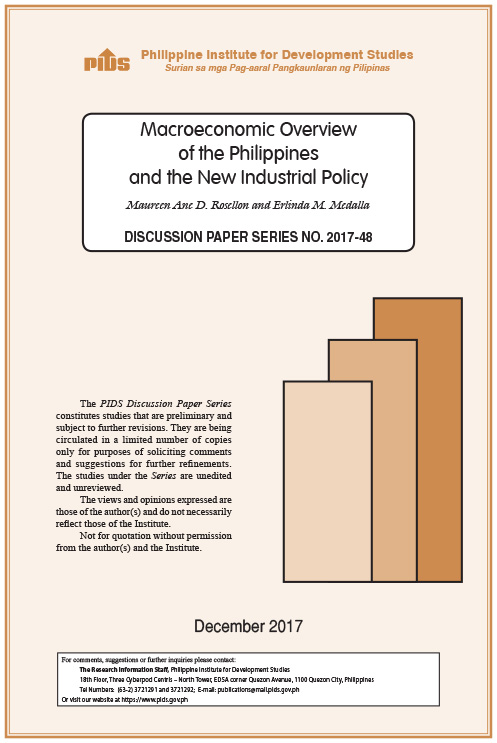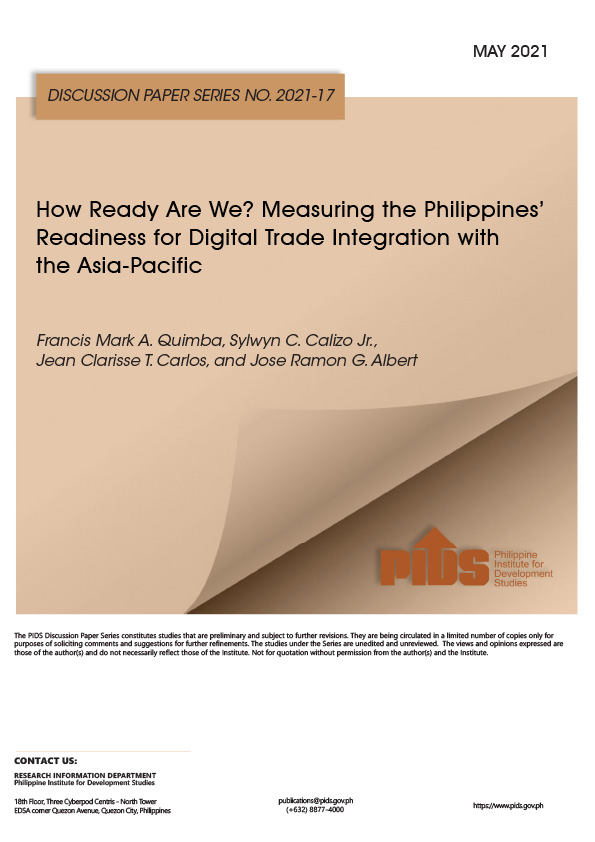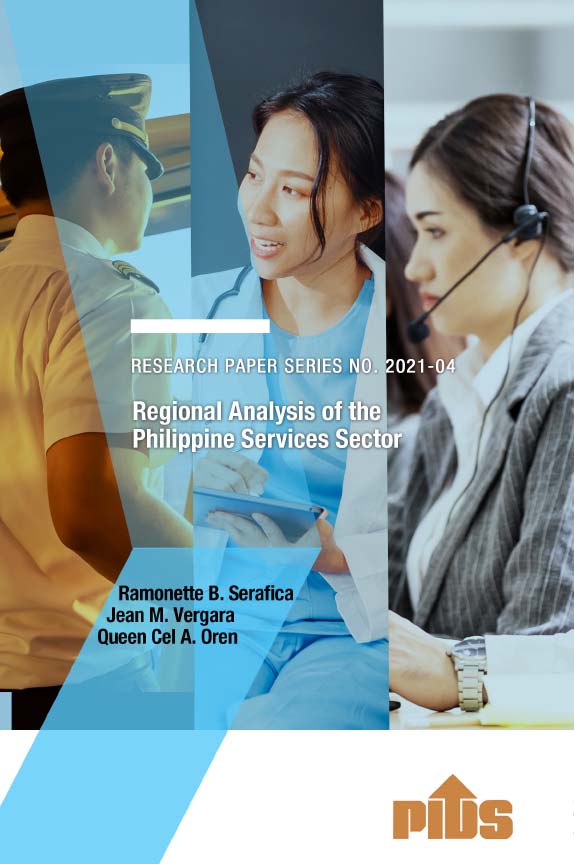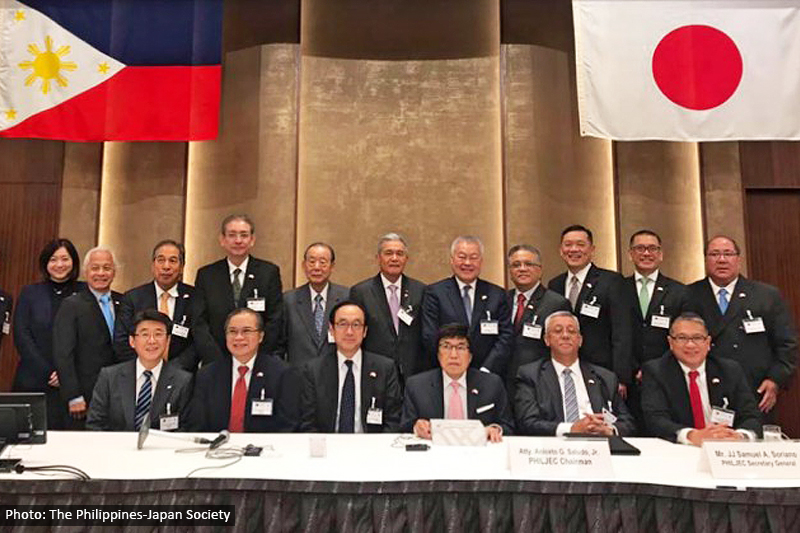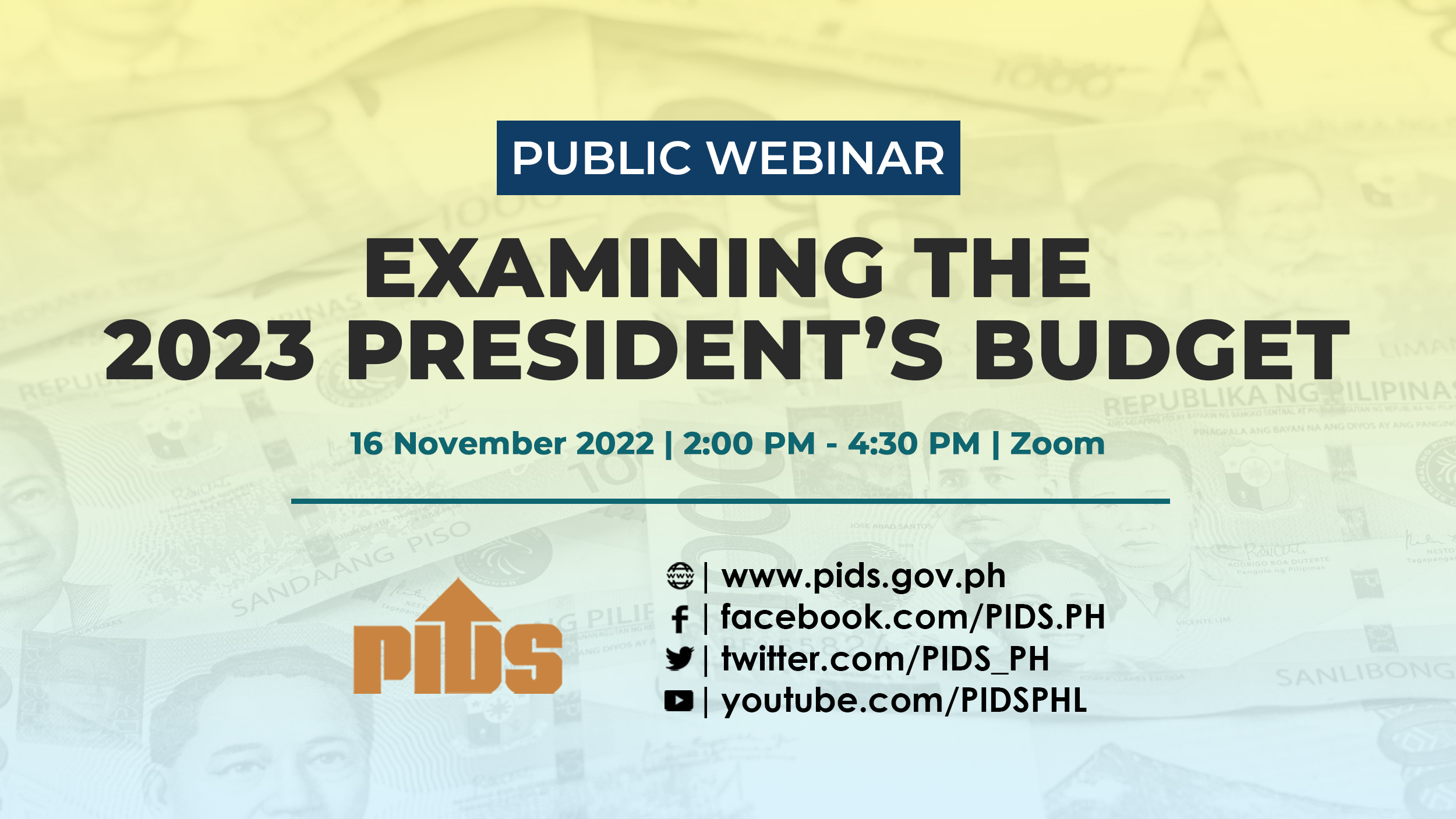The Philippines demonstrated significant economic growth—and is still gaining momentum—in recent years. This was after being tagged as the ‘sick man of Asia’ for showing slow growth while its Asian neighbors flourished. To sustain the current growth momentum and make it inclusive, transforming the economy becomes crucial. The government developed a new industrial strategy. It started with the Manufacturing Resurgence Program which developed industrial roadmaps with the help of the private sector. This was meant to evolve into a Comprehensive National Industrial Policy (CNIP) that integrates industry/manufacturing with agriculture and services. The overall strategy identifies competition, innovation, and productivity as the underlying framework. The New Industrial Policy has further evolved into an Inclusive, Innovative Industrial Strategy (I3s) recognizing the crucial role of innovation especially as we are on the road towards Industry 4.0. The overall objective of the Philippine industrial strategy is to build globally-competitive industries as well as strong domestic and global linkages. Currently, there are 12 priority industries identified. To boost growth and make these industries competitive and productive, several strategic actions/measures have also been identified, such as addressing supply chain gaps, providing HRD and skills training, developing small and medium enterprises, considering innovation and upgrading, intensifying investment promotion, and addressing horizontal issues e.g. infrastructure, logistics, and regulatory processes, among others. With the strong economy that the Philippines has been experiencing and a new industrial policy being implemented, attaining growth that is sustainable and inclusive is promising. Manufacturing growth surpassing services sector growth in the last three years is a testament to the impact of the new industrial policy on the economy, especially in the manufacturing sector. With the continued implementation of the strategic actions and programs and support from stakeholders, goals that strengthen SMEs, industry and innovation hubs establishment, more and quality labor generation and labor productivity enhancement, among other aspirations for the industry, can be achieved.
Citations
This publication has been cited 3 times
- Cahiles-Magkilat, Bernie. 2018. Manufacturing seen as PH next growth driver . Manila Bulletin.
- Malaya Business Insight. 2018. PH’s new industrial policy contributes to growth. Malaya Business Insight.
- Rosales, Elijan Felice. 2018. Productivity still has room for improvement—PIDS. BusinessMirror.

